The San Francisco Maru is another of Chuuk Lagoons wrecks that made the top 10 in The Times 100 best wreck list. Sometimes called the million-dollar wreck because of its cargo the San Francisco is one of the deeper wrecks in the lagoon with the deck around 50m.
Built-in 1919 by the Kawasaki Dockyard in Kobi. This 5864 ton cargo vessel had a length of 117m and a width of 11m and could make 10 knots powered by a steam triple expansion engine.
On the 17th of February 1944 when fully loaded with equipment for the preparation of a US beach invasion of the Islands of Chuuk Lagoon. The ship was hit by torpedos and bombs from US planes from the carriers USS Yorktown, Bunker Hill, and Essex the ship caught fire but remained afloat until the next day when 500lb bombs from dive bombers flying off the USS Essex sent her to the bottom.
Today the wreck sits upright in just under 65m of water with the superstructure at around 45m and foredeck about 50m so it is a deep wreck to dive. That said recreational divers often visit this famous wreck as the liveaboards and dive centres plan "bounce" dives so that divers can see the famous Japanese light tanks on the foredeck. These dives single tank dives only have a few minutes of bottom time on the wreck before returning to carry out a short decompression stop off tanks slung under the dive skiff.
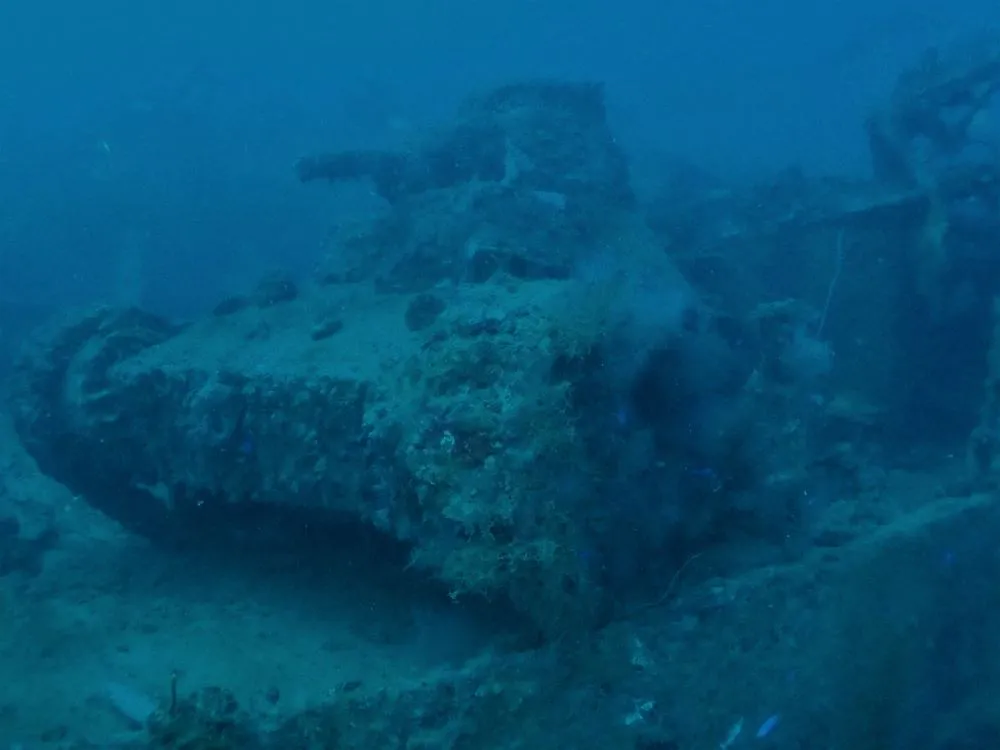
While you can bounce dive the San Francisco Maru the best way to see it is a technical dive using open circuit twins or a Closed Circuit Rebreather. Both of these will give you a much longer time on the wreck and see much more of the amazing cargo as the CCR diver who has just emerged from one of the holds.
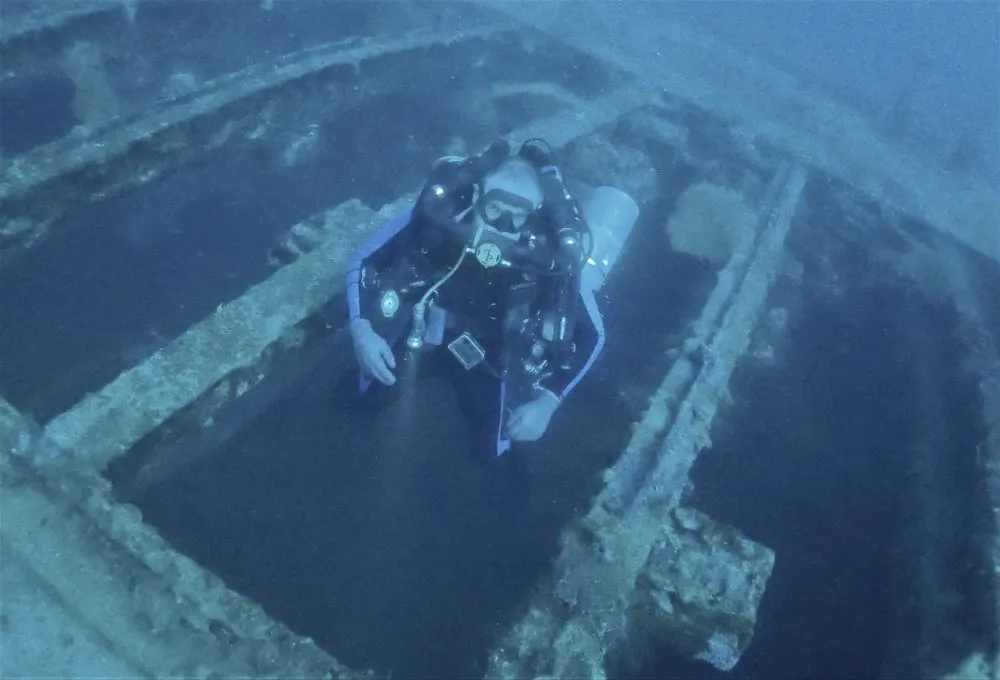
Today we are lucky to have the ship intact as the forward holds are filled with ammunition,
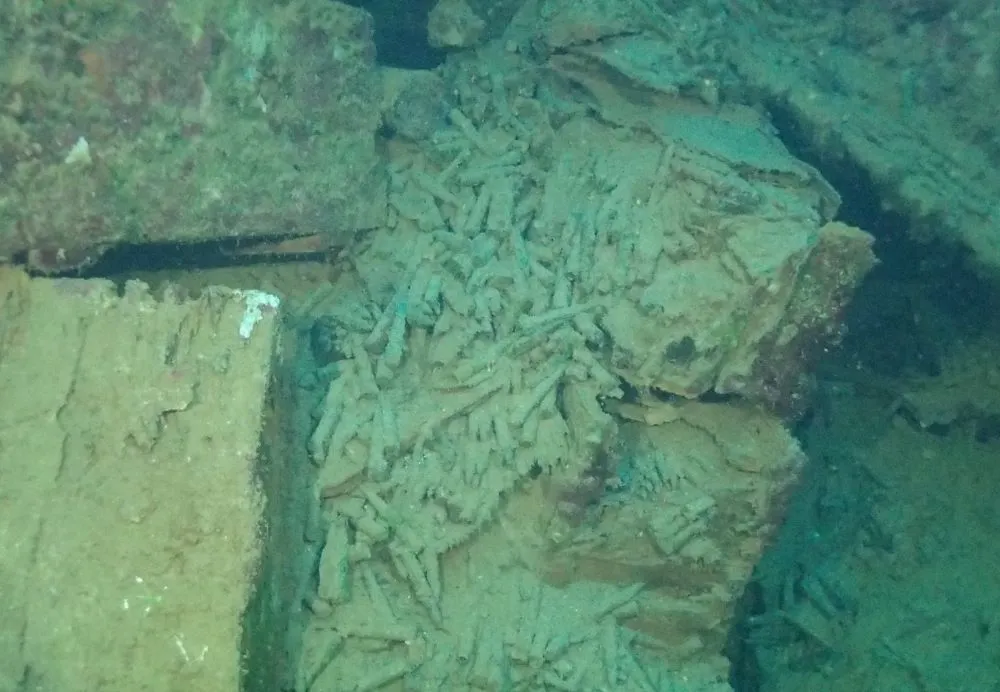
Artillery shells and cordite
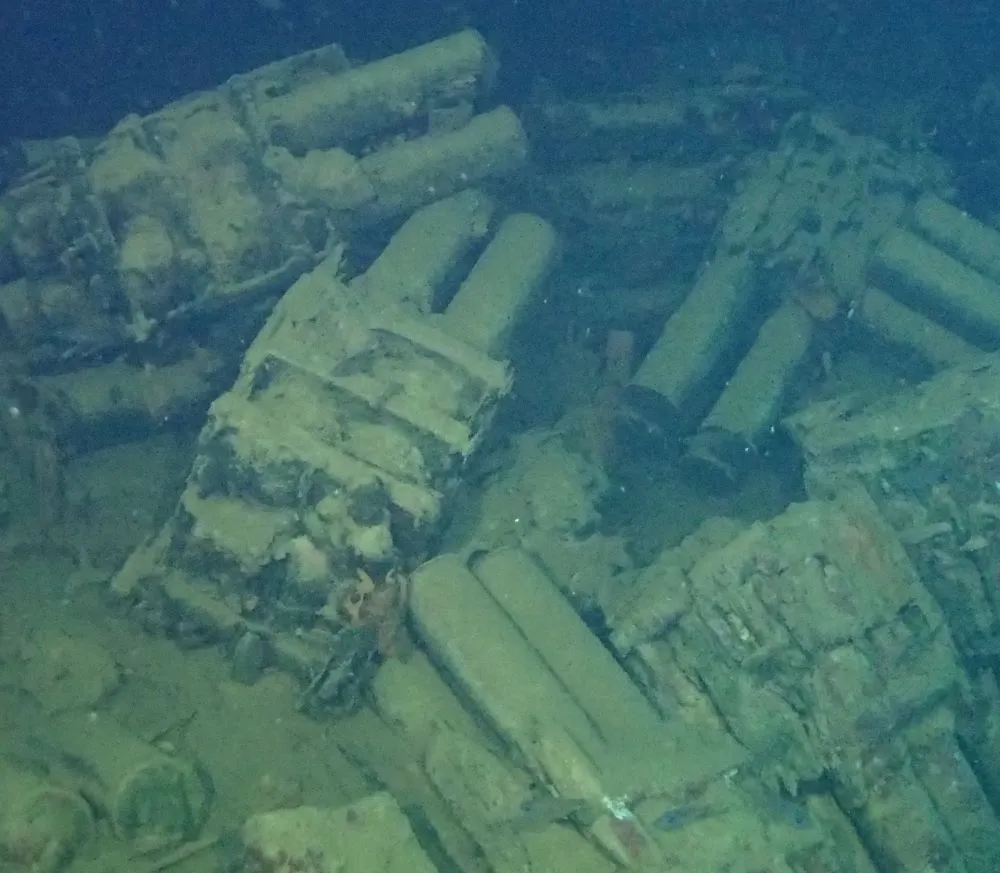
and anti-tank beach mines all ready for fortifying the islands from a US landing that never materialized.

One sad fact is a number of the mines have had the explosives removed and probably used for dynamite fishing in the past, thankfully a practice that no longer takes place.
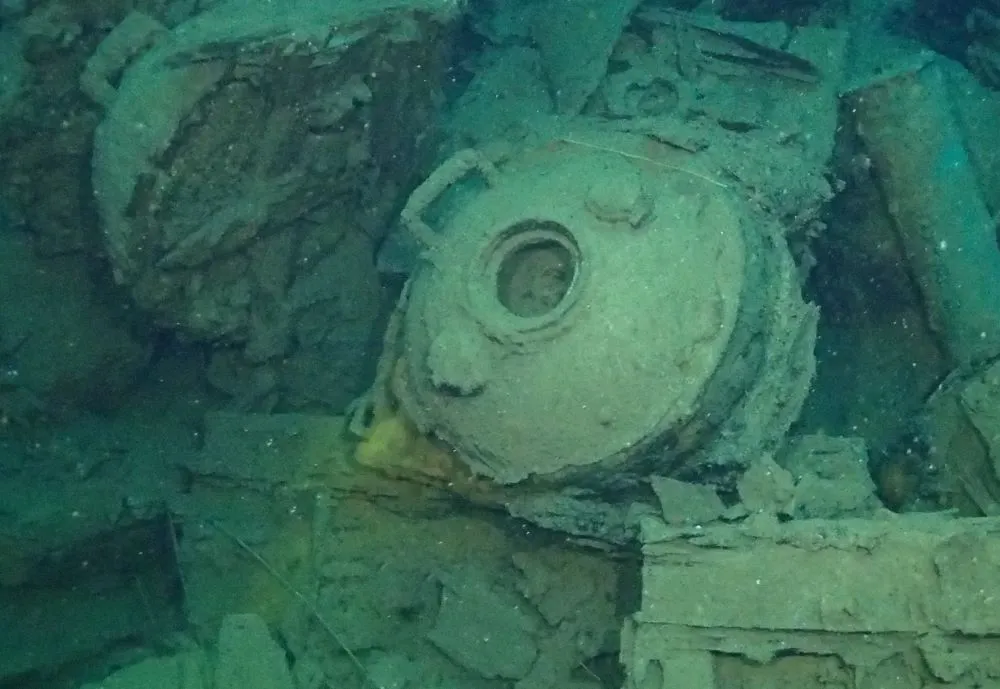
In addition to all the explosives, there is also a flatbed truck in the forward hold that is still in very good condition.
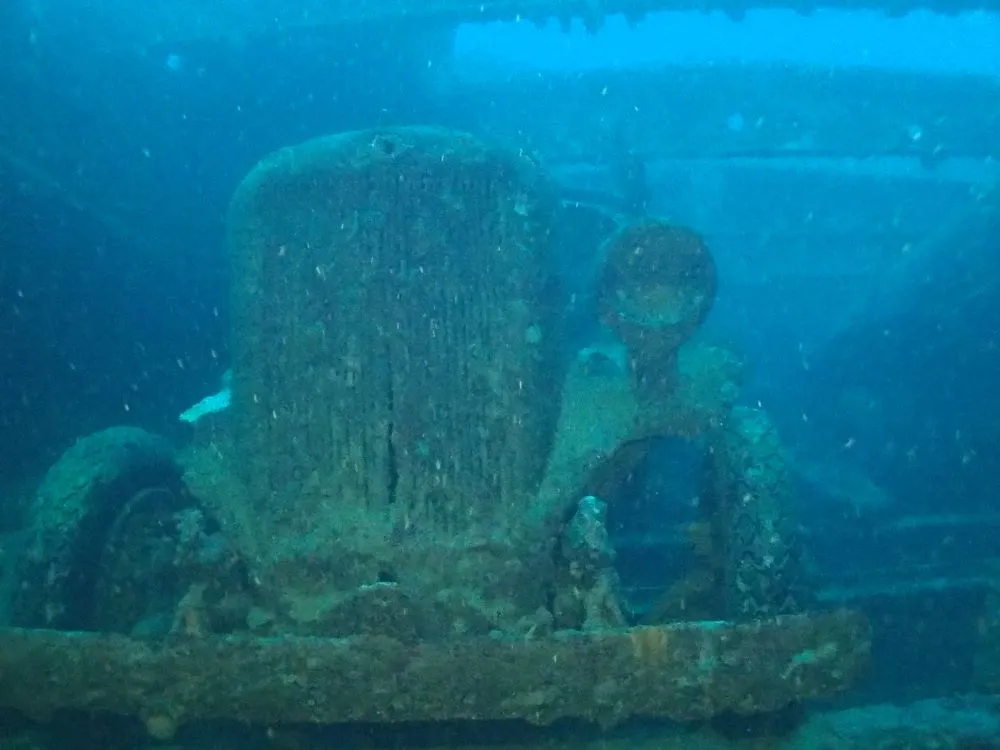
There is also a twin sitting on the seabed at around 63m on the port side but that one is a bit worse for wear.
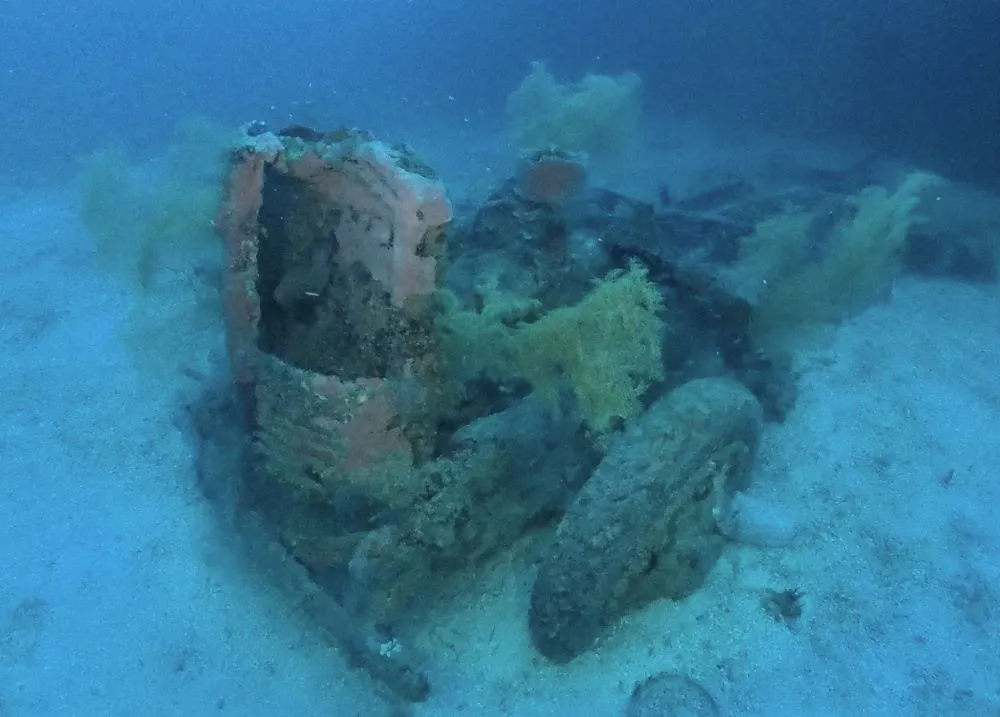
Like most of the ships requisitioned by the Imperial Japanese Navy the San Francisco Maru sports an impressive deck guns forward and aft. This is the 3-inch bow gun.
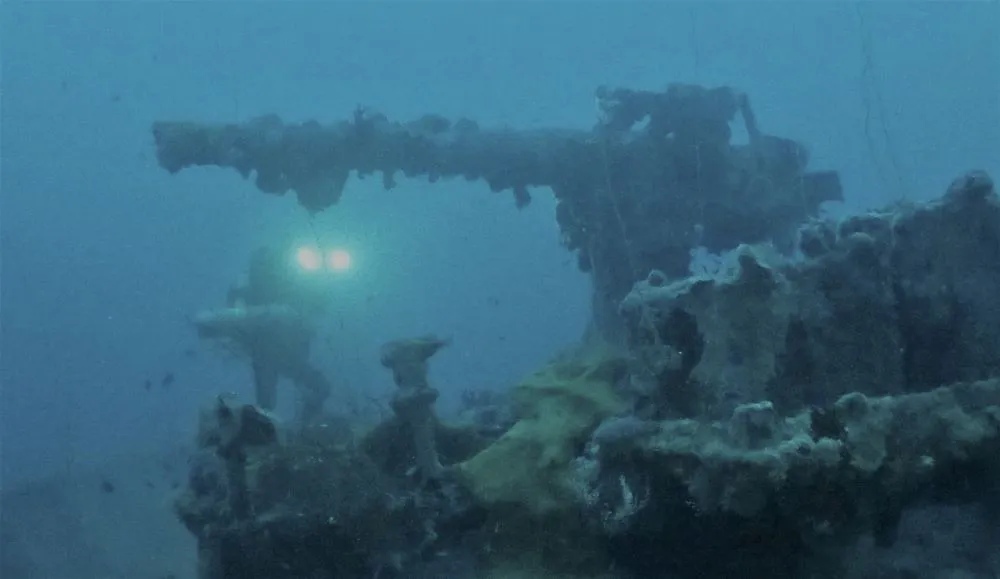
Before we ascend for our decompression stops let's take one last look at the light tanks again, this time the pair on the Starboard side.
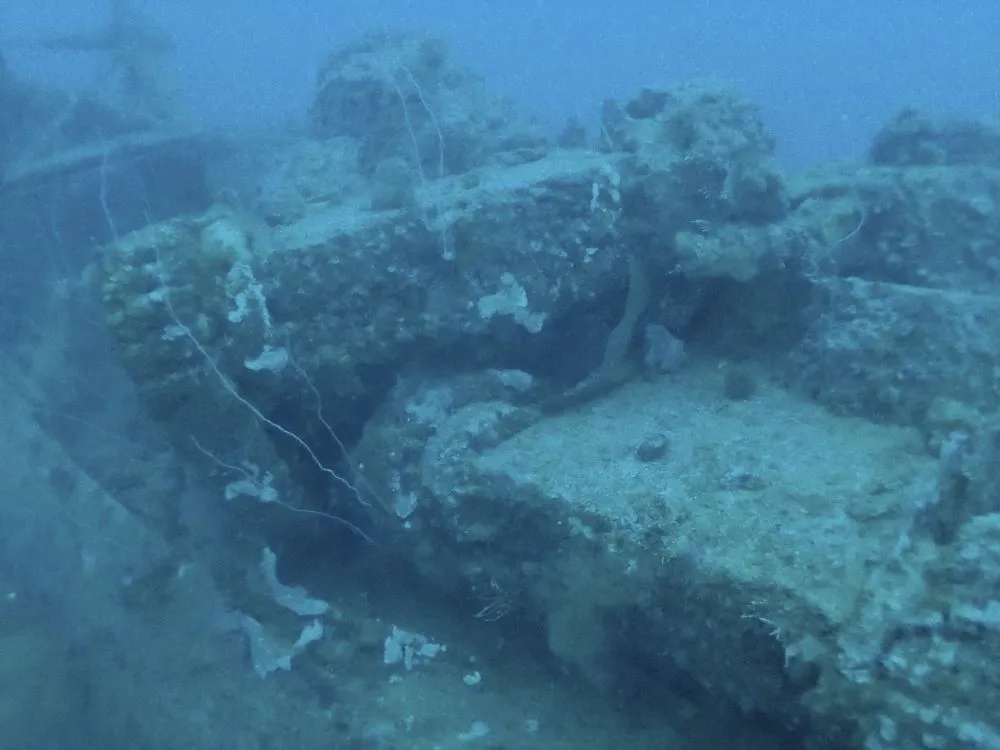
In case you Hivers are wondering how long a technical dive on the San Francisco Maru would take and even if your not. a 40-minute dive on the wreck will give you around 80 minutes of decompression stops but don't worry you will be smiling all the way to the surface its a spectacular wreck.